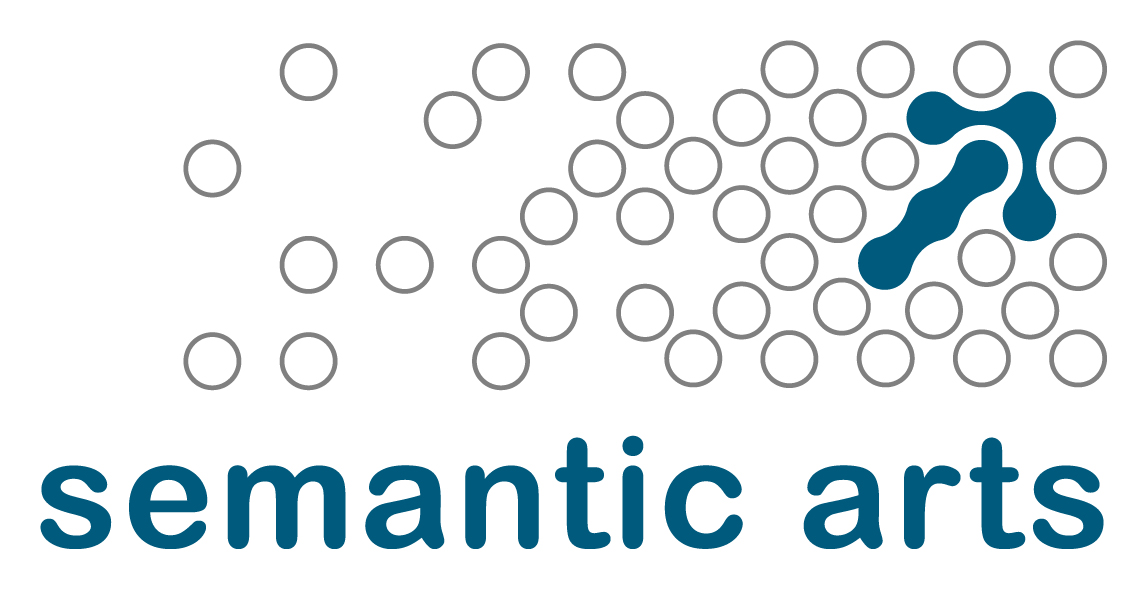Dun & Bradstreet sell data about company’s credit worthiness and their contact information. Every dataset and every API is its own “product” complete with its own metadata. With this approach for managing information comes excessive complexity. They did a massive analytic project to inventory all the elements that were part of at least one of their “products” and the inventory consisted of 160,000 unique data elements.
It turned out they were having trouble mapping one product to another. Migrating clients to newer products was becoming increasingly problematic.
In this case, after studying the problem, it turned out that the people that understood these complex systems were in short supply and high demand. Just getting access to one for a brief bit of time was a challenge. To map two of these products to each other required getting two of these experts together long enough to negotiate an alignment.
We created an ontology of their end game, but they had more immediate problems that needed to be solved. Our end game ontology highlighted the problem that they discovered on a previous attempt to address this problem. A problem of mapping cardinality being so high as to be useless. Many of the elements in their inventory were attributes of “address.” But when you mapped lots of elements to the concept of address, you had so many inbound links there was nothing useful you could do with this information. While 90,000 of the 160,000 elements had something to do with an address, there are not really 90,000 distinct address attributes. Spoiler alert, there are only dozens.
What these tens of thousands of elements represented were different contexts around addresses. This isn’t your address, it’s the court address of the bankruptcy of your ultimate domestic parent.
Armed with that, we built a system that allowed them to classify the 160,000 elements in a way that they could be simply, unambiguously, and with low cardinality mapped to the source “products.” The system was an interactive web-based system that relied on a series of orthogonal facets to guide the mapping process.

